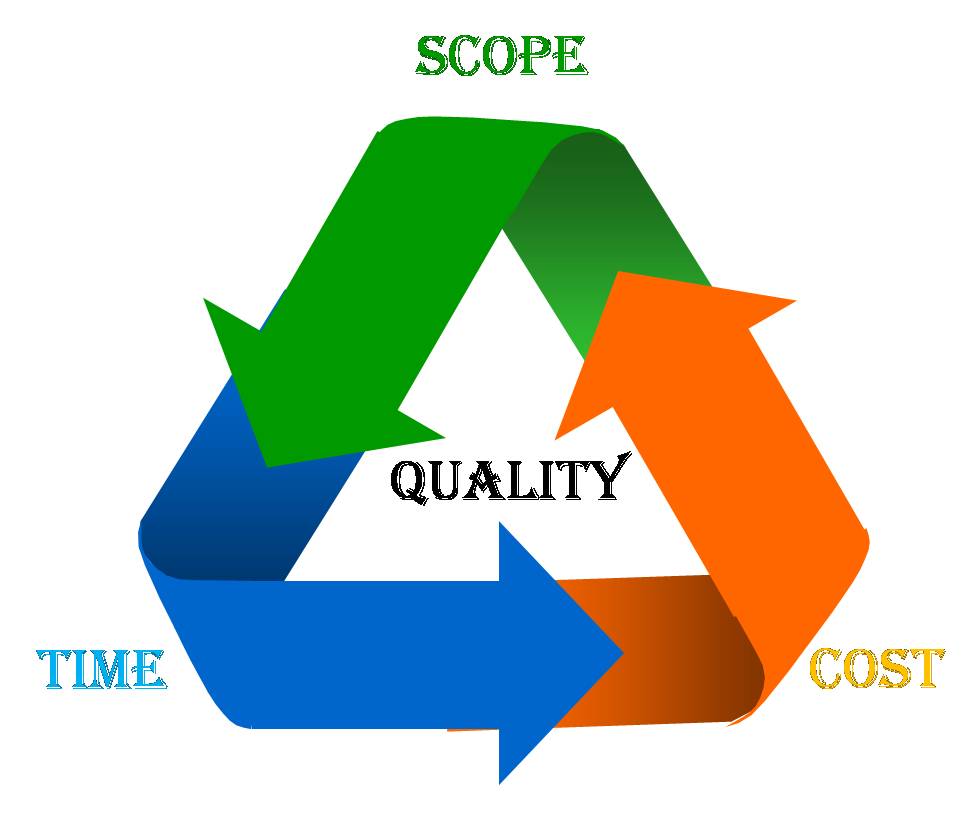Three Techniques to Get a Project Back on Schedule

There are maybe a dozen major techniques that can be use to tray to get a project back on schedule. The exact techniques to use are based on the cause of the schedule drift. Three techniques are described below.
Fast Tracking
Fast track means that you look at activities that are normally done in sequence and execute them partially in parallel instead. For instance, when building a house, the frame cannot be constructed until the foundation is dry. However, fast-tracking might include building the walls on the ground while the foundation was drying so that the walls could be erected more quickly when the foundation dries.
Fast-tracking always involves a risk that you may have some rework later.
A good rule of thumb is that sequential activities can sometimes be fast-tracked by up to 33%. In other words, if you are fast-tracking, you can start the second of two sequential activities when the first activity is 67% complete. There is risk involved; however, at that level of overlap the risk that is normally acceptable.
Implement “Zero Tolerance” Scope Change
Many projects begin to trend over their deadline because they are doing more work than they originally committed to. This is probably the result of poor scope change management. However, if you are at risk of missing your deadline date, the project manager must work with the client and team members to ensure that absolutely no unplanned work is being requested or worked on – even if it is just one hour – without going through proper scope change management procedures. All energy should go into completing the core work that was agreed to and all additional work must be funded incrementally.
Check Discretionary Dependencies
When you map out the relationship between all of the activities you will notice that some of the activities have a hard dependency and others have a soft dependency. That is, in many cases one activity must follow another activity. However, in many cases you will find that certain activities need to be done in a general timeframe and there are a number of potential activities that could be identified as the dependency. The first case is referred to as a mandatory dependency or “hard logic,” and the second case is a discretionary dependency or “soft logic.” It is important to know the difference.
Discretionary dependencies should be checked to see if you can move a discretionary relationship earlier in the schedule. This will result in starting and finishing the dependent activity earlier, which can help you accelerate the overall schedule. Of course, to have an impact, you must identify discretionary activities that are on the critical path or that influence the critical path.
It is also possible that you have some activities that have external dependencies. These dependencies are imposed by people outside of your project or by other projects. These external dependencies should be checked as well since it is possible that they can be changed in a way that will help you proactively manage your project.


